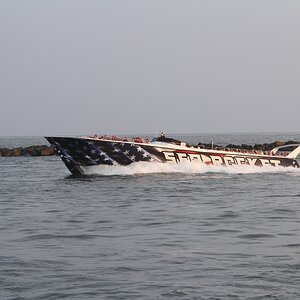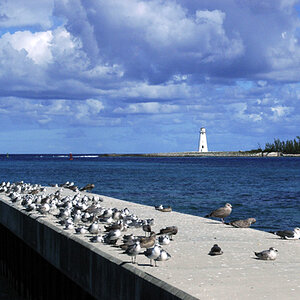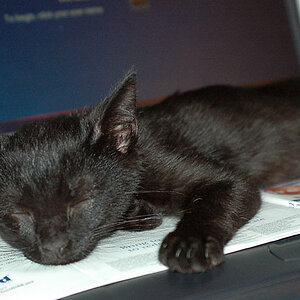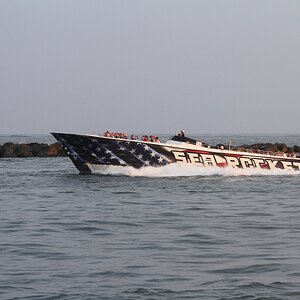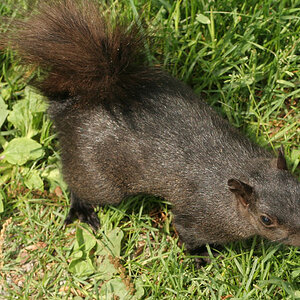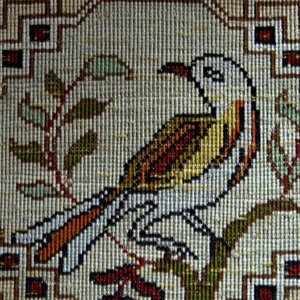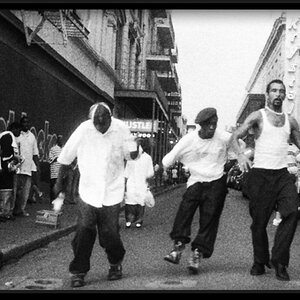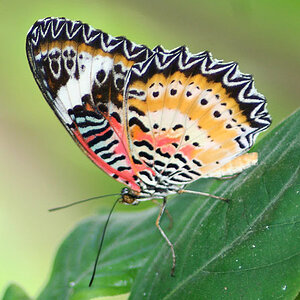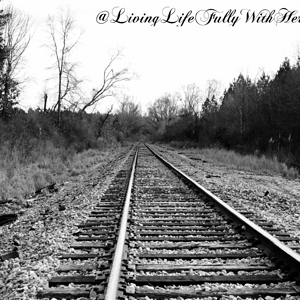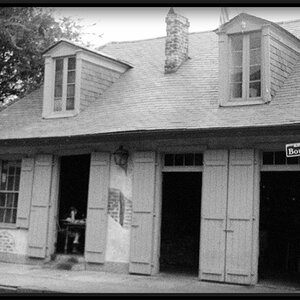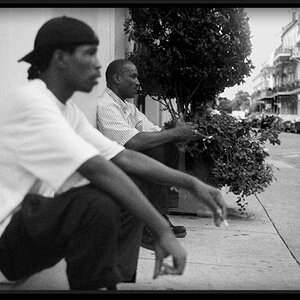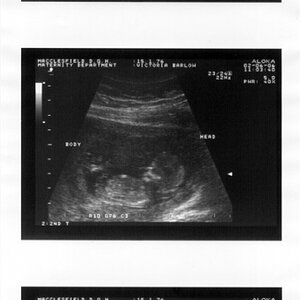burtharrris
TPF Noob!
I'm bridging the gap between digital and filim here. I have a lot of Velvia 50 and E100G slides that I'm scanning in as tiffs. They're coming in at around 50 megabytes each. When I take my Raws from a 6.0 MP Pentax and make them tiffs, they come in at around 17 megabytes. By shooting slides and scanning, am I using the equivalent of a 12 MP camera? Or do I lose quality with grain? Any thoughts are appreciated. Thanks!!


